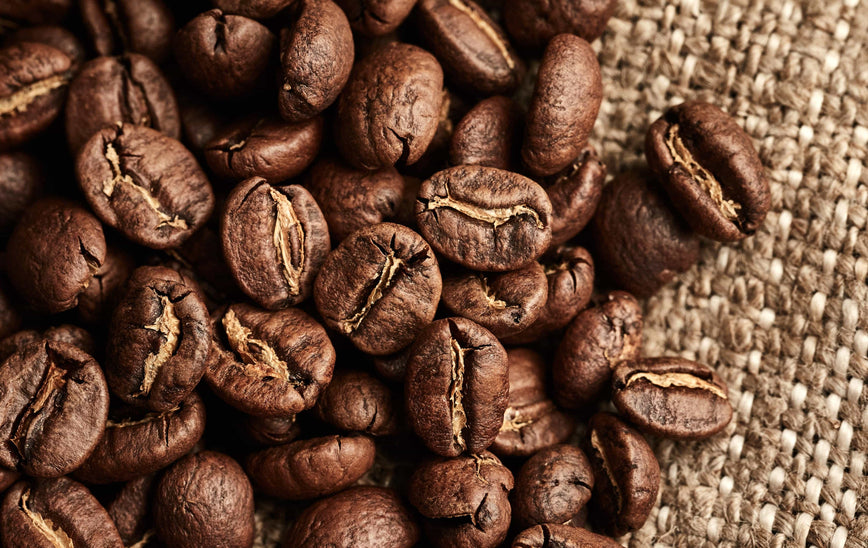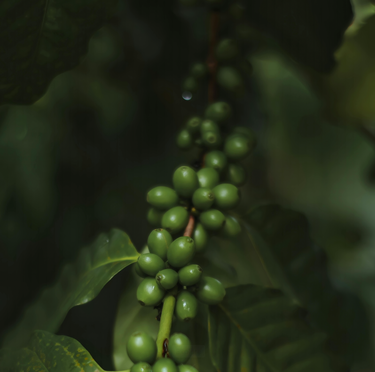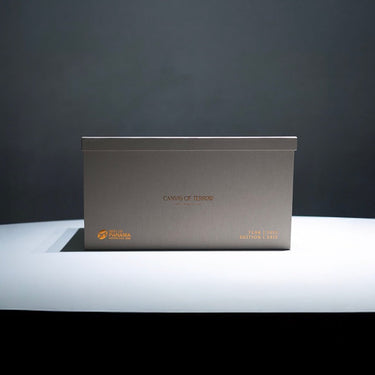At Rave Coffee, we believe fresh is best when it comes to premium coffee beans. That’s why we always recommend purchasing whole coffee and grinding the amount you require when you’re making coffee rather than buying pre-ground coffee.
The size of the coffee grind is a crucial factor when making a perfect cup of coffee. Coffee is ground into different sizes, from coarse to fine, which affect the flavour and strength of the brew. Various brewing techniques require different grind sizes. Coarser grinds produce milder and smoother flavours, while finer grinds create more robust and intense-tasting coffees.
The brewing method you use also influences the size of your coffee grounds; for example, espresso requires a very fine grind, whereas using a French press calls for a coarser grind. Depending on your preference and desired outcome, you must consider the right grind size when purchasing or grinding beans at home.
Brew Methods and Grind Size
When it comes to the process of making coffee, grind size is crucial in achieving the desired flavour and intensity. Different brewing methods require different grind sizes for optimal extraction. Here is an overview of some common brew methods and their recommended grind size:
Espresso: The most popular option for coffee brewing relies on very finely ground beans (closely resembling powder) as they are subjected to high pressure during extraction, which releases more flavours from each tiny particle.
Pour-Over: The grind should be slightly finer than table salt consistency as freshly boiled water slowly percolates over coarse grains, releasing full-bodied flavours without bitterness or astringency caused by over-extraction.
French Press: A coarsely ground coffee allows plenty of space for complex aromatics and oils that would be trapped by finer particles, resulting in a richer cup full of bolder notes without leaving any residue!
However, grinding too coarsely could lead to weak, under extracted cups, so you should aim for somewhere between sea salt & sugar granules, depending on how strong/bitter you want your drink!
Cold Brew: Cold brew dictates an even coarser grain size as it uses cold water that’s less efficient at extracting flavour molecules from beans, thus requiring larger particles with more surface area exposed so all those delicious compounds can dissolve properly into liquid form, resulting in smooth yet powerful taste profiles.
Beans and Grind Size
When it comes to enjoying a perfect cup of coffee, the type of bean and grind size are two factors you must consider. The variety of beans used can impact the flavour profile and intensity of your coffee, as well as the amount of time required for optimal extraction when using different methods such as espresso or French press brewing. Similarly, choosing the right grind size will also influence how much flavour is extracted from each bean particle during brewing.
The relationship between bean roast level and grind size should be considered when selecting coffee beans. Different varieties may require a finer or coarser grind than others depending on their characteristics; light-roasted coffees generally need a finer grain, while dark roasts work better with coarse grounds since they contain more oils that release flavour quickly at higher temperatures. Some blends may require multiple sizes to achieve a balanced cup, so it’s important to consider all possibilities before grinding!
There are numerous other factors one should take into account when selecting beans for grinding: roast level (light vs. dark), origin (region/country where beans were grown), and processing method (dry-processed vs. wet-processed).
Grinding Fresh Beans
Grinding fresh coffee beans is the best way to ensure a consistently flavourful and aromatic cup. The first step in achieving this is to select the right grinder for your brewing method. If you’re using an espresso machine, a burr grinder is essential, as its conical blades provide a more uniform grind size that ensures even extraction.
For French press or pour-over methods, on the other hand, a coarse ground coffee is ideal, which allows room for flavour compounds to release without over-extracting, resulting in bitter flavours; these are also ideal if you plan on keeping them stored for longer periods since their texture prevents quick oxidation due to air exposure!
Pay attention when grinding beans at home, as too much heat can ruin the flavour potential and cause premature loss of oils & aromatics, making your cup taste almost stale before it even reaches boiling point! You should also keep track of how long you store ground coffee, as leaving it exposed can quickly diminish its quality. Invest in an airtight container if possible, or transfer grounds into separate bags/containers after use (ideally within 15 minutes) – this way, it will stay fresh for much longer!
Brewing the Perfect Cup
When brewing the perfect cup of coffee, grind your beans just before you prepare your coffee, as freshly ground beans will always produce a better-tasting cup than those sitting around for hours or days! When selecting a grinder, choose one with appropriate settings depending on your method: espresso machines require a finer grind, while French press and pour-over methods work better with coarser grain sizes. Secondly, ensure the water temperature is correct – too hot can scorch delicate oils from beans and create an unpleasant burnt taste, whereas cold water won’t extract enough molecules, leading to weak, under-extracted brews.
Finally, experiment with different ratios of grounds/water until you achieve your desired coffee strength – this could mean adding another spoonful of beans if the cup turns out weak or reducing the amount by half if it's overly intense; trial & error is essential when it comes down to crafting that perfect blend every single time!
After Brewing
After brewing, clean your coffee grinder to get the most out of every cup. Running a small number of fresh beans through the machine can help clear any residual grounds that might remain after your last brew and keep everything running smoothly. If you’re using a burr grinder, avoid pressing or rubbing down the blades, as this could cause them to lose their sharpness over time – instead, opt for gently brushing away any stuck particles with an old toothbrush or similar tool. Blade grinders require more frequent cleaning and should be wiped down inside & out once per week or whenever necessary.
Grind and Brew Better Coffee with Rave
Grinding your coffee to the correct size is essential for brewing better coffee. As well as grind size, you should also consider other factors, such as water temperature, equipment, and understanding the basics of extraction. Additionally, correctly storing your ground coffee helps preserve freshness and ensure a great taste.
Browse our range of roasted coffee blends.






